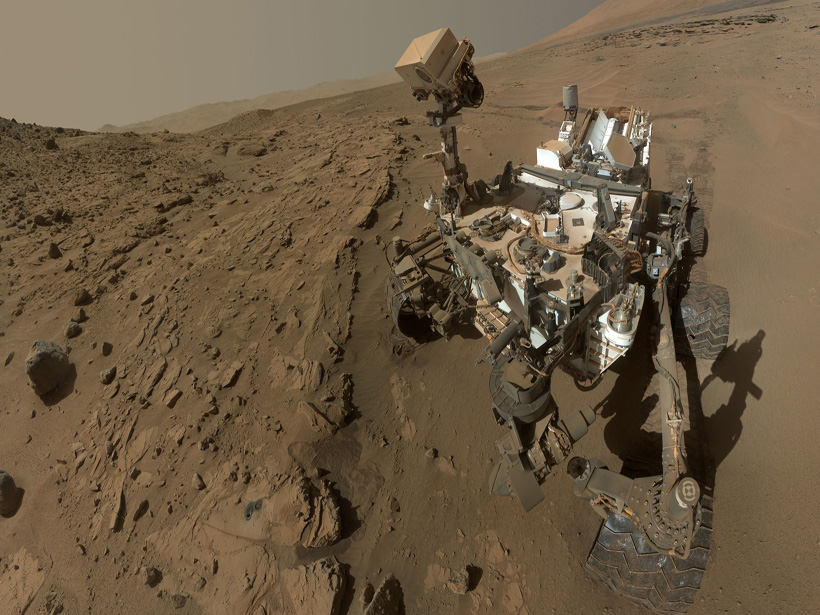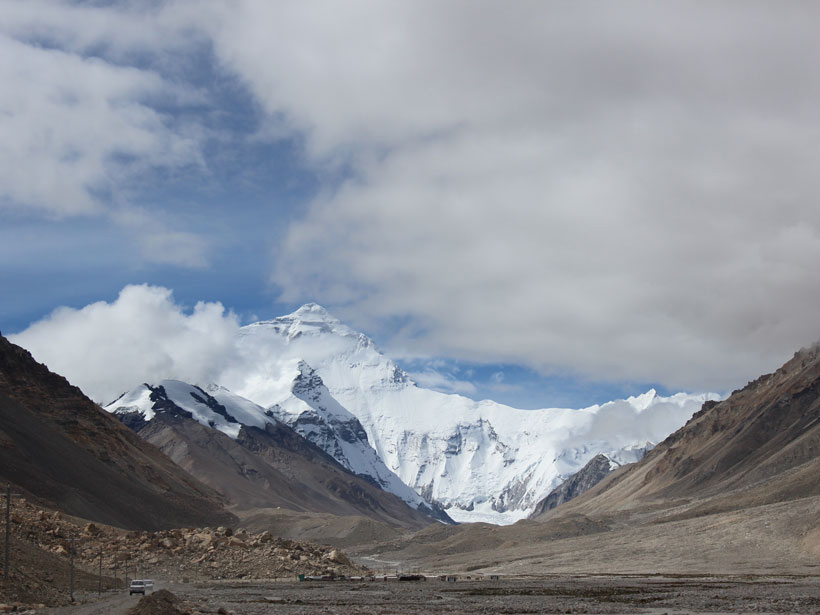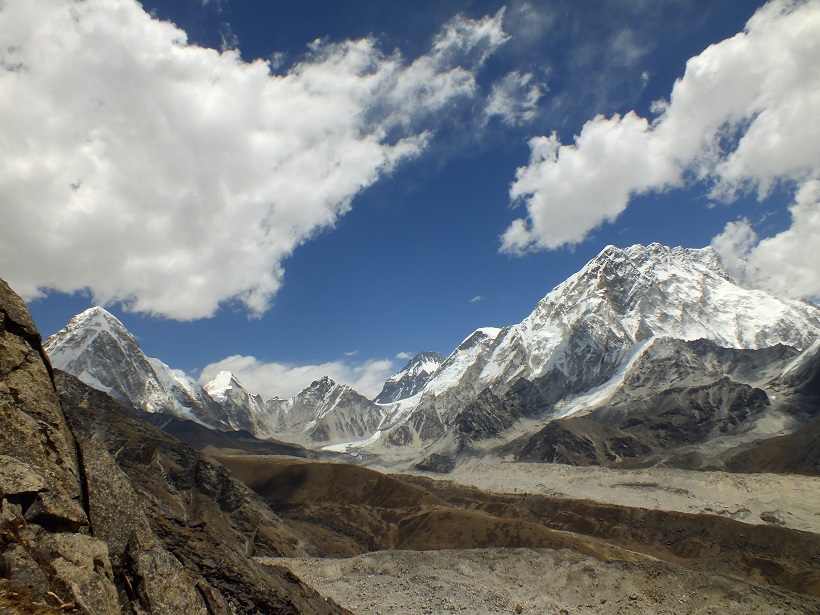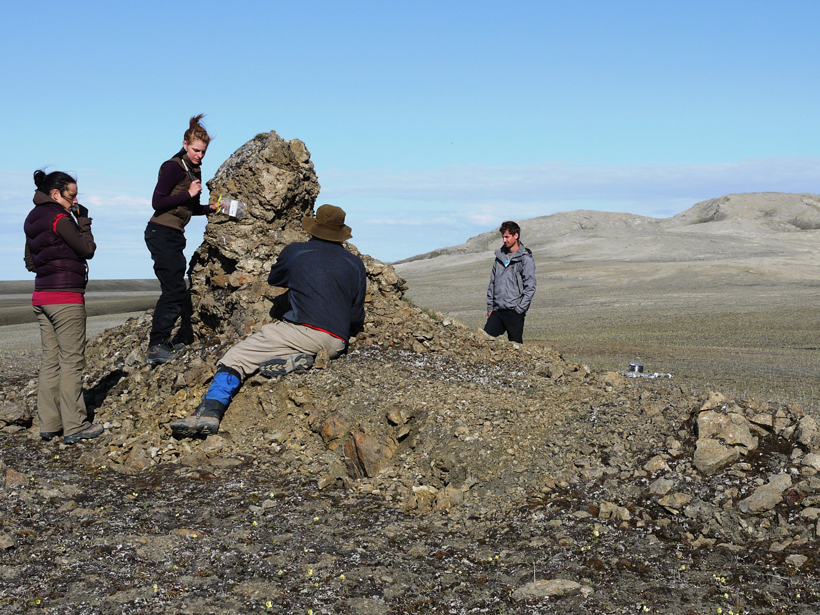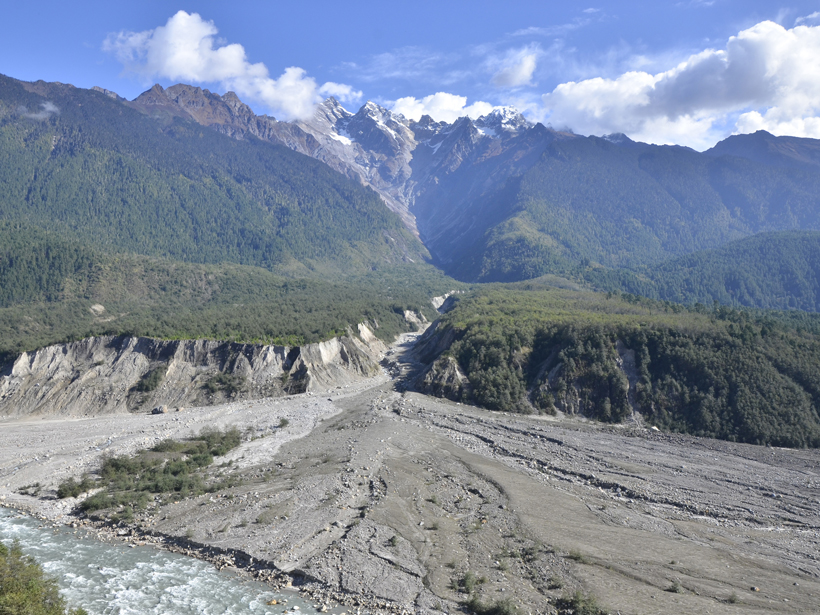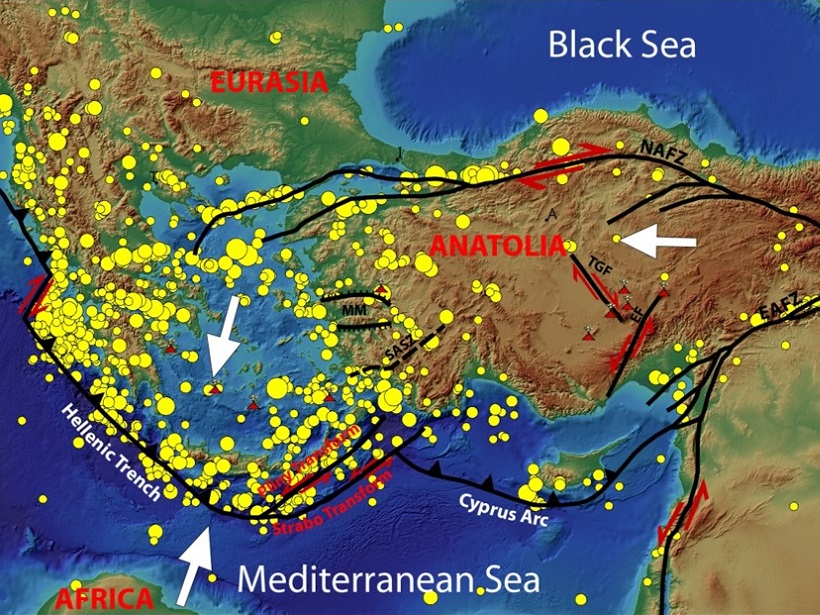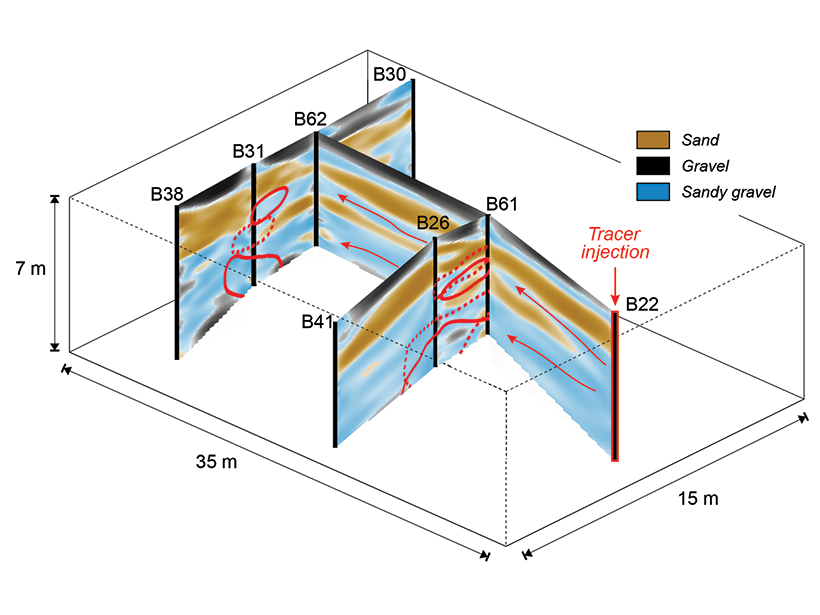NASA’s Curiosity rover explored the Kimberley region of Mars to search for signs that the planet was once habitable.
geology
Diagnosing Cryptic Remagnetization in Sedimentary Rocks
To understand the ancient movement of Earth’s tectonic plates, comprehensive magnetic and petrographic studies are needed to detect secondary magnetization in carbonates and other sedimentary rocks.
Competing Models of Mountain Formation Reconciled
The author of a prize-winning paper published in Geochemistry, Geophysics, Geosystems describes new insights into crustal mechanics and the formation of the Himalaya.
Ancient Methane Seeps Tell Tale of Sudden Warming
Newly discovered rock mounds left by ancient methane seeps give scientists clues that methane on ancient ocean floor was released by ancient global warming.
What Causes Rock Avalanches?
Experimental studies of frictional weakening beneath a deadly rock avalanche in China help to clarify the mechanisms that cause these devastating natural disasters.
Neotectonics and Earthquake Forecasting
The editors of a new book describe the evolution of major earthquake producing fault zones in the eastern Mediterranean region and explore how earthquake forecasting could improve.
Exploring Ancient Ocean Acidification in the Rock Record
Scientists studying Earth's ancient oceans use a new method to measure ocean acidification and its effect on extinction events.
Alteration Along the Alpine Fault Helps Build Seismic Strain
Detailed analysis of cores drilled through New Zealand's most dangerous on-land fault indicates that its permeability and strength are altered by mineral precipitation between seismic events.
Merle Lee Allison (1948–2016)
A dynamic geologist with a knack for organizing people, he served as state geologist in three different states and pioneered global efforts to develop cyberinfrastructure for the Earth sciences.
New Ground-Penetrating Radar Method Shows Promise in Aquifer
Recent advances in ground-penetrating radar data analysis could help reveal aquifer structure in unprecedented detail.

